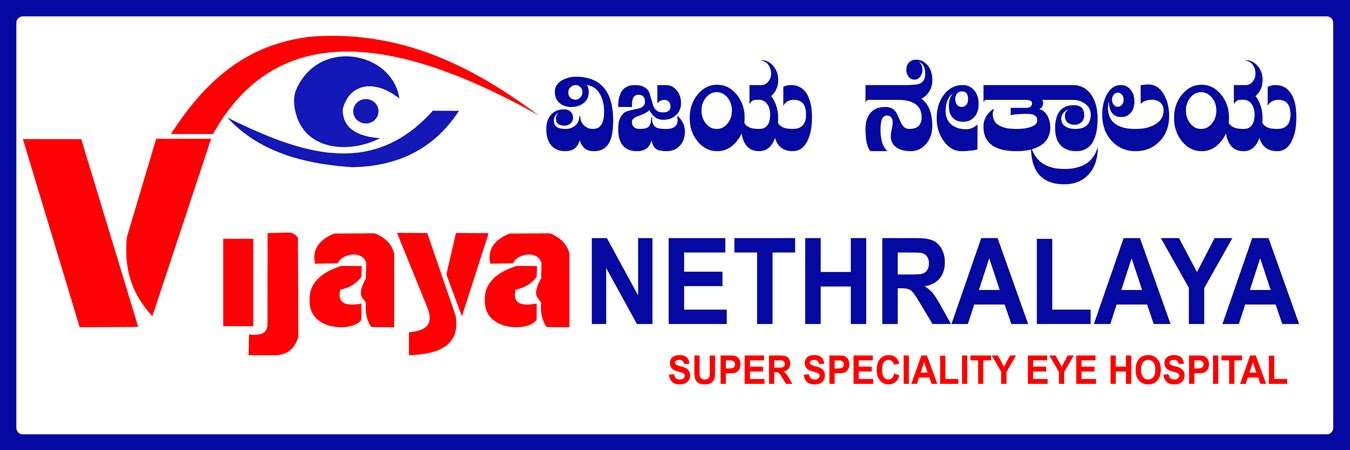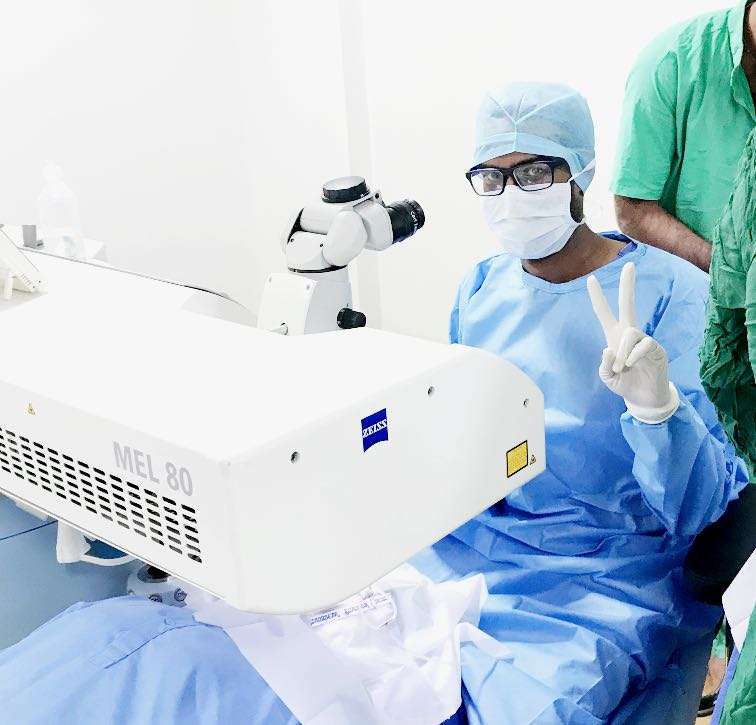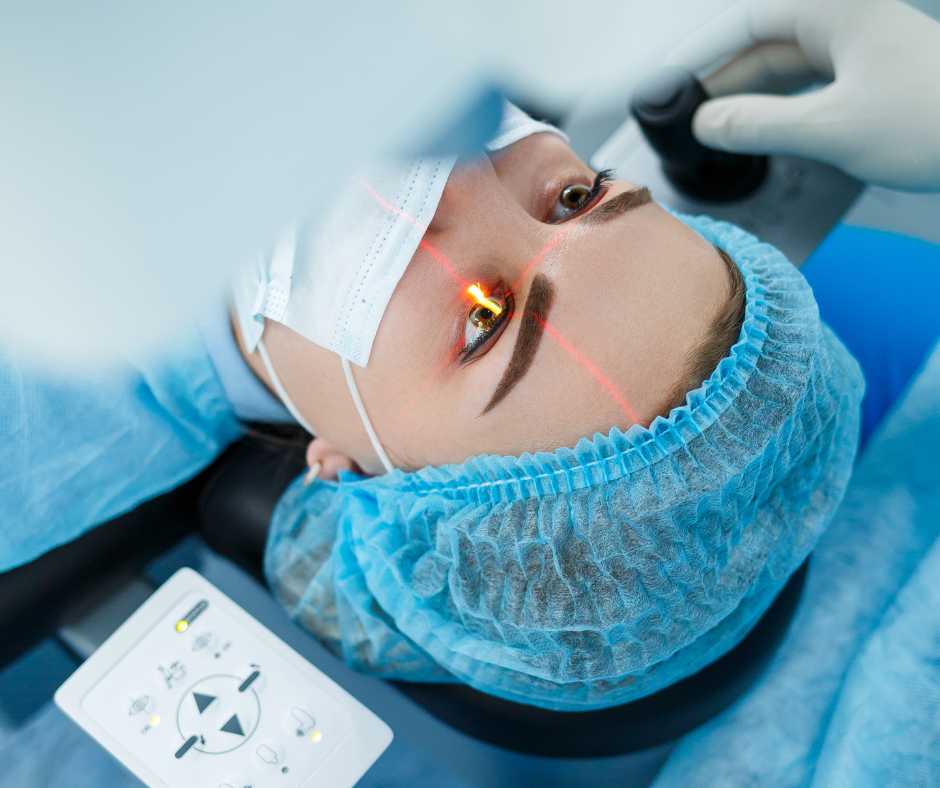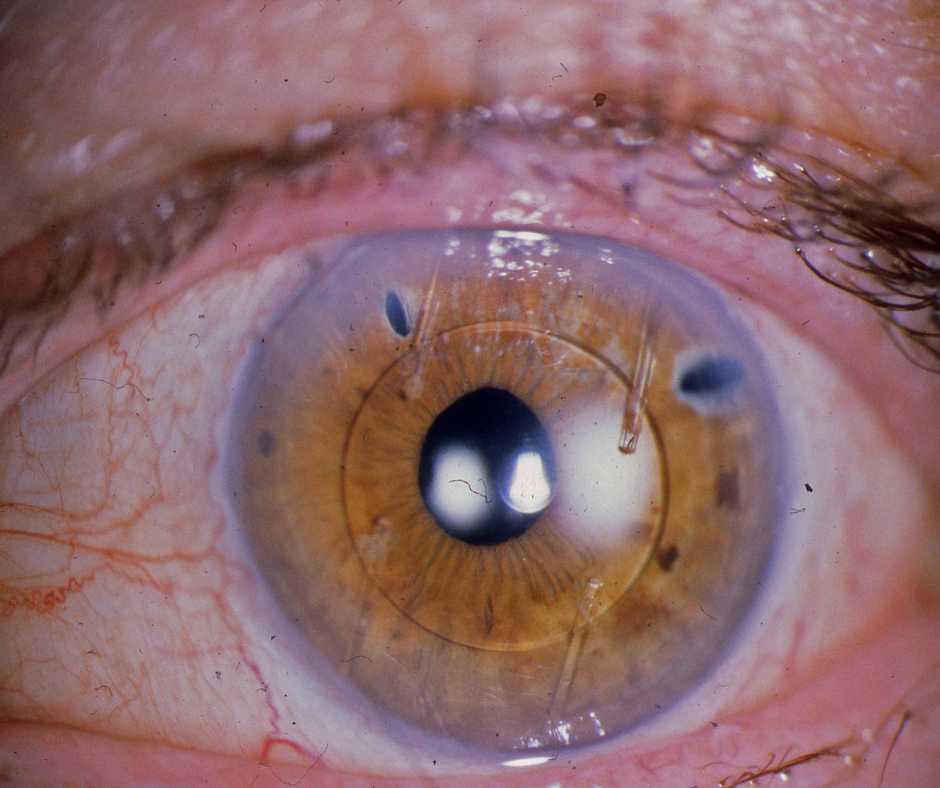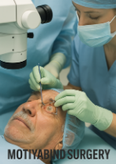Introduction: The Evolution of Eye Surgery
Eye surgery has come a long way since its inception. In ancient times, latest technology in eye surgery people relied on rudimentary methods to treat eye conditions, often with poor results. Over the years, technological advancements have made eye surgeries safer, more precise, and far less invasive. Today, patients can undergo eye surgeries with minimal downtime, thanks to cutting-edge innovations in medical technology.
What Are the Latest Innovations in Eye Surgery?
From lasers to robotic precision, the latest advancements in eye surgery have dramatically improved the way surgeries are performed. These innovations have reduced recovery times, enhanced surgical outcomes, and expanded the range of conditions that can be treated. Let’s take a closer look at some of the most important technologies.
Laser Technology: Revolutionizing Vision Correction
Laser technology has transformed vision correction procedures. LASIK (Laser-Assisted in Situ Keratomileusis) has been one of the most significant breakthroughs, allowing millions of people to achieve 20/25 vision or better. The use of lasers has evolved to treat a broader spectrum of vision problems, including astigmatism, nearsightedness, and farsightedness.
With advances in precision and safety, modern lasers can create more accurate corneal flaps, reduce the risk of complications, and shorten recovery times. Laser surgery also offers an alternative to traditional methods, such as glasses and contact lenses, making it a game-changer for many patients.
Robotic-Assisted Eye Surgery
Robotic surgery is another major technological breakthrough. latest technology in eye surgery With robotic-assisted eye surgery, surgeons can perform procedures with enhanced precision. The system allows for micro-adjustments that would be difficult to achieve with human hands alone. Additionally, robotic surgery offers the benefit of minimal incisions, reducing the risk of infection and accelerating recovery time.
Robots equipped with cameras and sensors give surgeons a 3D view of the eye, allowing them to see areas that may have previously been hard to access. Although the technology is still evolving, it holds immense promise for treating conditions like macular degeneration, glaucoma, and retinal detachment.
Artificial Intelligence in Eye Surgery
Artificial Intelligence (AI) is becoming an indispensable part of eye surgery. latest technology in eye surgery, AI algorithms can now analyze medical images, diagnose conditions, and even assist in planning surgeries. For example, AI can help detect early signs of conditions like diabetic retinopathy or age-related macular degeneration, even before symptoms appear.
In the operating room, AI-powered tools can help surgeons navigate complex surgeries with greater accuracy, improving patient outcomes. AI also plays a significant role in predicting how patients will respond to different treatments, leading to more personalized care.
Femtosecond Lasers for Cataract Surgery
Cataract surgery is one of the most commonly performed eye surgeries worldwide. Femtosecond lasers have revolutionized this procedure by offering a more precise and less invasive method. These lasers are used to create incisions, break up cataracts, and even place intraocular lenses with incredible accuracy.
The benefits of femtosecond lasers include improved visual outcomes, faster recovery, and a lower risk of complications. This technology also allows for customizable treatments, adapting to the unique characteristics of each patient’s eyes.

Implantable Contact Lenses (ICLs)
While LASIK remains a popular choice for many, not everyone is a good candidate for the procedure. In these cases, Implantable Contact Lenses (ICLs) provide an excellent alternative. ICLs are surgically placed inside the eye to correct refractive errors such as nearsightedness and farsightedness.
The key advantage of ICLs over LASIK is that they are reversible. If a patient’s vision changes over time, the lenses can be removed or replaced. This makes ICLs a more flexible option for some individuals.
Advancements in Retinal Surgery
Retinal surgery has seen significant technological advancements in recent years. Conditions like diabetic retinopathy, retinal detachment, and macular degeneration require specialized techniques to repair or stabilize the retina. Advances in tools like the vitrectomy, a procedure where the vitreous gel is removed to access the retina, have enhanced the precision and outcomes of these surgeries.
Laser technology, when used in retinal surgery, can treat retinal tears, stabilize the retina, and even prevent further deterioration of vision. The addition of high-definition imaging allows surgeons to visualize the retina in more detail, leading to improved success rates.
Ocular Biometry: Precision in Eye Measurements
Ocular biometry refers to the process of measuring the eye’s anatomy to improve the accuracy of surgeries. During cataract surgery, for example, precise measurements of the cornea, lens, and eye length are essential to selecting the right intraocular lens (IOL) for the patient.
Advancements in biometry tools have made these measurements more accurate, allowing surgeons to predict postoperative outcomes with greater certainty. These tools help in achieving optimal results, reducing the need for glasses or additional corrective surgery.
Minimally Invasive Eye Surgery Techniques
Minimally invasive surgery (MIS) has revolutionized many aspects of healthcare, and eye surgery is no exception. With smaller incisions and advanced tools, minimally invasive techniques allow for faster recovery times and fewer complications.
For example, modern cataract surgery can now be performed with small incisions that require no sutures, leading to quicker healing. Similarly, retinal surgeries that once required large incisions can now be performed with small, precise incisions, reducing the risk of infection and promoting faster healing.
3D Imaging and Visualization in Eye Surgery
3D imaging technology has made its way into the operating room, offering surgeons a clearer, more detailed view of the eye. This technology helps with complex procedures by allowing for better depth perception and enhanced visualization. Surgeons can see structures in the eye with greater clarity, which is particularly beneficial in delicate surgeries like retinal and corneal surgeries.
3D visualization also enhances the learning experience for medical students and residents, providing them with a more immersive understanding of surgical techniques.
Gene Therapy: The Future of Eye Surgery
Gene therapy is a relatively new and exciting frontier in eye surgery. It holds the potential to treat hereditary conditions like retinitis pigmentosa and Leber congenital amaurosis. By inserting healthy genes into the eye’s cells, gene therapy aims to replace or repair defective genes that cause vision loss.
While gene therapy is still in its early stages, the results from clinical trials are promising. This could eventually provide a cure for certain genetic conditions that were once considered untreatable.
Stem Cell Therapy in Eye Surgery
This has gained considerable attention in the field of ophthalmology. Stem cells have the ability to regenerate damaged tissues, offering hope for treating conditions such as macular degeneration and corneal scarring.
Researchers are investigating the potential of stem cells to repair or replace damaged retinal cells, potentially restoring vision to individuals who have lost their sight due to degenerative diseases. Although this technology is still experimental, the progress made so far is groundbreaking.
Personalized Eye Surgery: Customizing Treatment
The move towards personalized medicine is reshaping many aspects of healthcare, including eye surgery. Advances in imaging, AI, and biometrics allow surgeons to customize treatments based on the unique characteristics of each patient’s eyes. This personalized approach leads to more successful outcomes and a better overall patient experience.
For example, patients undergoing LASIK surgery can have their corneal mapping and visual needs tailored to ensure the best possible result. Similarly, personalized intraocular lenses (IOLs) are available for cataract patients, ensuring that their vision after surgery is as close to perfect as possible.
The Future of Eye Surgery: What’s Next?
As technology continues to evolve, the future of eye surgery looks even more promising. With the advent of AI, robotics, and gene therapies, we are on the brink of discovering new treatments and even cures for some of the most debilitating eye conditions. The integration of these technologies will likely make eye surgeries safer, quicker, and more effective.
Conclusion: The Impact of Technology on Eye Health
The latest technological advancements in eye surgery have significantly improved the quality of life for millions of people around the world. From laser surgery to robotic precision, these innovations have made surgeries more precise, less invasive, and with faster recovery times. As we look to the future, the continued development of AI, gene therapy, and other cutting-edge technologies holds the promise of even greater breakthroughs in eye care.
FAQs About latest technology in eye surgery
- What is the difference between LASIK and femtosecond laser cataract surgery? LASIK is primarily used for vision correction, while femtosecond lasers are used for cataract surgery. Both employ laser technology, but they target different parts of the eye.
- Are implantable contact lenses a better option than LASIK? ICLs can be a better choice for people who are not ideal candidates for LASIK due to factors like thin corneas or high prescriptions.
- What is the role of AI in eye surgery? AI assists in diagnosing eye conditions, planning surgeries, and even predicting post-surgery outcomes, improving accuracy and efficiency.
- Can stem cell therapy restore vision in blind patients? Stem cell therapy shows great promise for treating certain eye conditions, particularly those involving retinal degeneration, though it is still in the experimental stage.
- How long does recovery take after cataract surgery with femtosecond lasers? Recovery from femtosecond laser cataract surgery is typically quicker than traditional methods, with many patients resuming normal activities within a few days.
Author Details:
Dr. Sushruth Appajigowda holds a prominent position as a Cornea, Cataract, Glaucoma, and LASIK Surgeon in Bangalore. He serves as the chief Cataract and Refractive surgeon at Vijaya Nethralaya Eye Hospital, Nagarbhavi Bangalore. Renowned as one of the finest LASIK surgeons nationwide, he brings with him over 12+ years of experience across multiple LASIK platforms, including ZEISS, ALCON, SCHWIND, AMO, and Bausch and Lomb. Having successfully conducted over 5000 LASIK procedures, Dr. Sushruth holds the title of a Certified Refractive Surgeon and a Fellow of the All India Collegium Of Ophthalmology. Furthermore, he stands as a distinguished speaker at various National and International Forums, using his expertise to guide you in selecting the most suitable procedure based on your health requirements.
Dr sushruth Appaji gowda
